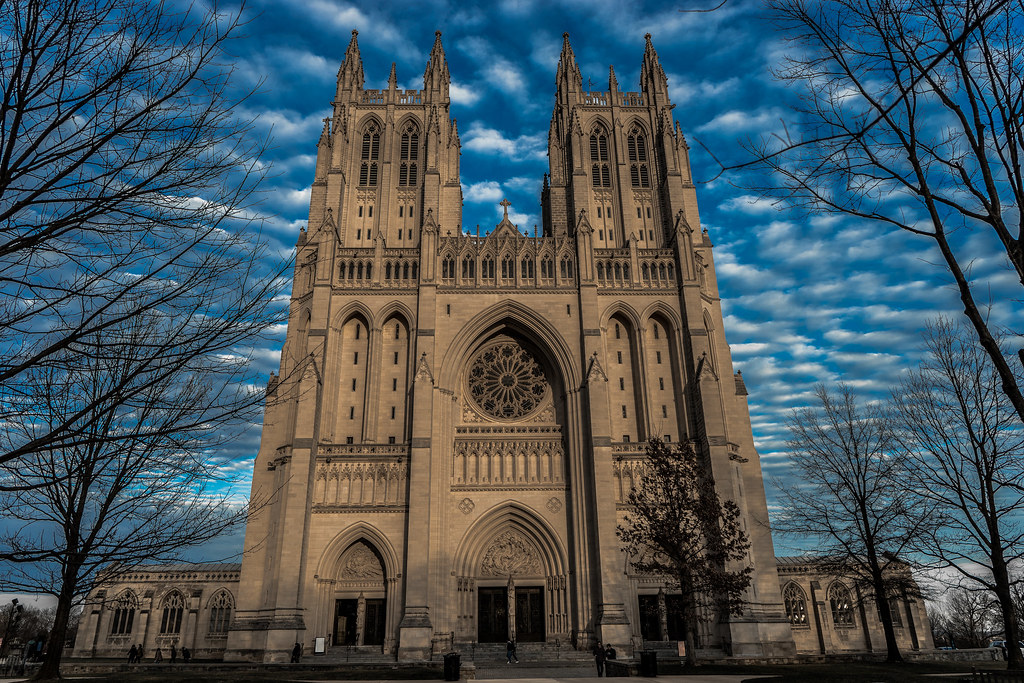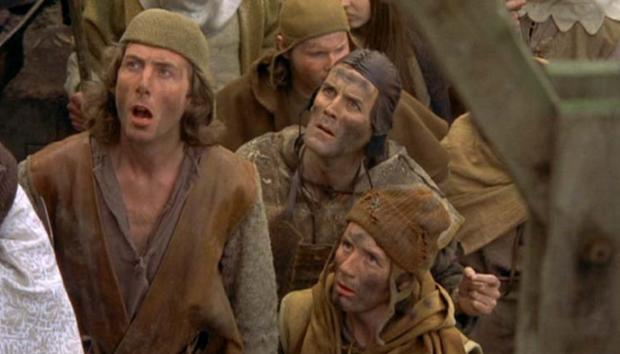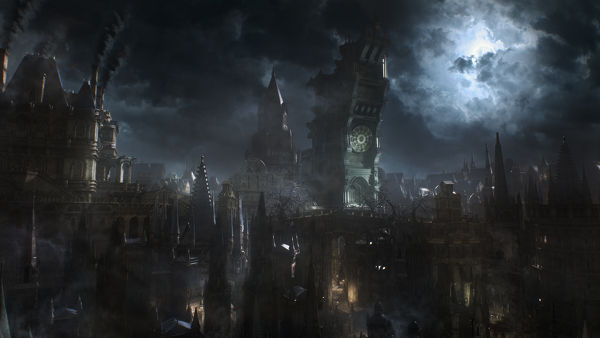So, I have a home setting in which I run my games, which may have
bled through a little into my 30 minute dungeons as a sort of implied
world. Its most obvious inspirations are the Warhammer world, Middle Ages Europe, and the Cthulhu mythos (the demons in the setting are closer to alien beings from other dimensions), and Darkest Dungeon. Note that I do not idolize the empire in this setting, viewing it more as an evil institution that just happens to rule the land, and the inquisitors of the Imperial Orthodoxy more often do more harm than good.
Without further ado, here is a briefish overview of the world:
Though the campaign
world itself encompasses and entire planet (called Urth), the main
place that my setting focuses on is a country known simply as either
the empire, or the holy empire. It is a theocratic state governed by
feudal lords who serve under the emperor, a religious and state
leader whose process of being appointed is not known. Some claim that
there has only ever been one emperor, and that he is a divine being
chosen by God to rule for all eternity.
(Note that the
empire isn’t really an empire in the literal sense, they just call
themselves that because it makes them feel more powerful.)
The Empire was
formed around 1000 years ago in an event called Unification, when the
first emperor conquered the disparate tribes that lived in the area,
forcing them to abandon their old religious beliefs and follow a new
religion simply known as the Faith. This event was so significant
that the imperial calendar is based on the date of Unification, with
each new year occurring on each anniversary of the event. It is
currently around 1000 AU (After Unification). Dates prior to
Unification are marked with BU (Before Unification).
The Faith did not
come into being during Unification, it is a much older religion than
that, but the modern form is very different from that of the past.
The core tenet of the Faith is that sin causes suffering, and the
less people sin, the better the world shall be. The version of the
Faith followed by the holy empire is very strict, and is more
officially known as the Imperial Orthodoxy. While some variations of
the Faith believe that sin causes individual
suffering, and that in order to achieve salvation one must be free of
sin, the Imperial Orthodoxy teaches that all sin causes suffering for
everyone. As a result,
what is considered sinful by the church is considered illegal by the
state, with heavy punishment.

(Washington National Cathedral)
The
Faith is not a religion that is native to the holy empire, though its
exact origins are not well known by the general populace, kept hidden
in the Orthodoxy’s forbidden archives in the holy capital. The
native religion of the empire was a loose collection of pagan beliefs
and folk magic, which was outlawed following Unification. There are
some small pockets of pagans left, in backwater towns, secret
villages in forests, and even hidden in large cities. Pagan beliefs
are not necessarily evil by any means, and most practitioners are
good, upstanding people, and more tolerant than the priests of the
Imperal Orthodoxy.
Part
of the reason for the church’s opposition to Pagan beliefs is the
existence of demon cults; groups of people who worship powerful
entities from beyond space and time, whose very existence is anathema
to the cosmos. The Imperial Orthodoxy confuses Pagan rites with
demonic rituals, and as a result of xenophobia and fear of a demonic
apocalypse, many innocents have perished at the hands of the imperial
inquisition.

(Image taken from Monty Python and the Holy Grail)
Most
people in the empire are human, and demi-humans are sometimes viewed
with distrust and suspicion, especially by the faithful, for the
Imperial Orthodoxy teaches that those who are different may hold the
sin of pride. As a result of this, most demi-humans live in
settlements composed of other demi-humans of the same kind, to be
left alone by the prying eyes of the church. Elves, dwarves,
halflings, and a few pockets of more obscure species can be found in
the quiet places of the empire, away from most human contact (except
for the occasional imperial tax collector). These demi-humans usually
have their own cultures and languages, living a separate life from
the greater populace.
There
are not many large cities in the holy empire, mostly just villages
and towns. The largest settlement is the holy capital, a large city
near the center of the land where the emperor lives, along with the
higher ups of the Imperial Orthodoxy. The city is large and
grandiose, with lots of cathedrals, towers, and monument. Nearly all
towns and villages are governed by a minor noble of some kind, who
pays fealty to the emperor.

(Yharnam from Bloodborne)
Monsters
are a problem in the empire, especially in the north, where the dark
forest hides ancient and mysterious faeries who care little for the
lives of mortals. Werewolves, vampires, goblins, and other, stranger
beasts stalk the countryside by night. The inquisition, which
primarily investigates demon cult activities, also has branches that
deal with dispatching the creatures of the night.
Below is a bullet point summary, along with a couple tidbits of other information I couldn't fit into the above paragraphs.
The Holy Empire
-
Government is feudal, ruled by many nobles who serve under an emperor, with peasants and lesser nobles serving under them.
-
The emperor is rumored to be immortal.
-
The Imperial Orthodox Church holds great power, and faithites are the most common religious group.
-
The Faith is a monotheistic religion based on the idea that God causes suffering because of the sins of humanity, and that all sins must be cleansed.
-
Faith symbol is a downwards facing dagger.
-
Pagans are often victims of persecution, and all magic is condemned by the church.
-
To the north is the Dark Forest, home to faeries and prehuman ruins.
-
Demon cults lurk in the shadows.
-
Most settlements are small villages, there is one large city called the Holy Capital.
-
Most art is devoted to the Faith, and usually has a moral message.
-
The rich and powerful are often believed to have been chosen by God.
-
Foreigners tend to be distrusted, they are suspected as heretics.
-
Strongly fear magic and the supernatural.
-
Began as group of disparate tribes, until the legendary First Emperor united them by force, supposedly assisted by God. After this war of unification, Pagan worship was illegalized, and the Imperial Orthodox Church became the only legal religion for citizens. The empire was founded roughly 1000 years ago, and years are measured in AU (after unification) or BU (before unification).
The
Faith
-
Some believe that only sinners suffer from their own sin.
-
Some believe that there is a day of reckoning in the future, and that if sinners still exist on that day, God will kill everyone.
-
Some believe that all sin causes suffering for everybody, and that sinners must repent, or be killed for the good of all.
-
The branch of the Faith that is followed in the Empire is known as the Imperial Orthodoxy. It is a more harsh variety of the Faith, which involves the existence of an inquisition and a theocratic state.
-
Magic is feared as demon worship and blasphemy.
Other
Religion
-
Pagans follow a group of beliefs handed down over the centuries, and generally worship multiple gods and practice folk magic.
-
Demon cults worship alien beings from other planets or planes of reality, and faithites often confuse them with pagans.
No comments:
Post a Comment